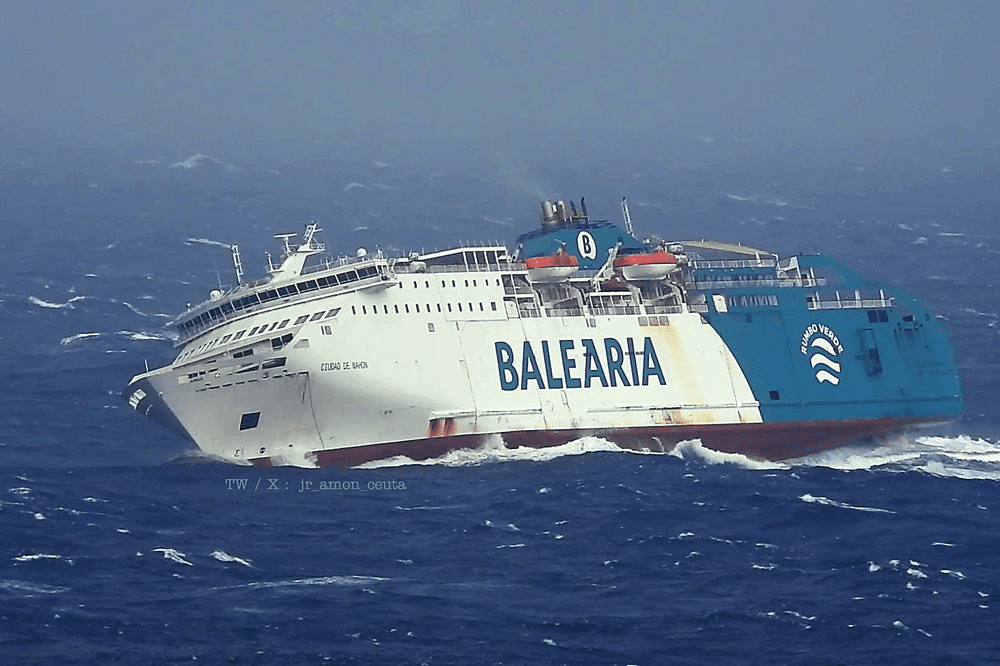On August 29 2024, the Port of Gothenburg officially opened its largest terminal expansion in 40 years, Arendal 2; a new 144,000-square-meter terminal. This €60 million investment has been planned since the 1990s and has been in development since 2018. Meeting the increasing transportation needs of Swedish industry today, which are also expected to continue growing over time, was one of the reasons addressed for this expansion.
The new terminal plays a key role in the port's broader strategy to relocate its terminal operations farther from the city center, providing better integration with Gothenburg’s transport infrastructure, including road and rail networks, while supporting the city’s expanding industrial cluster.
This expansion strengthens Gothenburg’s position as a critical hub for Swedish industry and European trade, offering increased capacity and sustainable, efficient operations for years to come.
The new terminal is already being used by Gothenburg Roro Terminal, which previously spread their operations across two separate areas. With its larger, more centralized space, the terminal operator now has improved access to the vital berths which significantly enhances their operational efficiency.
Stena Line’s future move
One notable aspect of the development is that Stena Line, a major ferry operator in the Nordics, is expected to relocate its operations from central Gothenburg to the outer port area. The new Arendal 2 terminal has been designed with this in mind, featuring preparations for a future ferry terminal. Although the move is not immediate, the project has taken steps to ensure that part of the terminal space can accommodate Stena Line’s needs once the transition begins.
Sustainable construction techniques
Arendal 2 was built with an emphasis on sustainability and environmental responsibility. During construction, approximately 180,000 cubic meters of contaminated dredged material from the Göta River were encapsulated and repurposed as part of the terminal’s foundation. This innovative approach minimized the environmental impact by reducing the need for transporting the dredged materials elsewhere, while also improving the river’s ecological health.
Key Facts About Arendal 2:
- Total area: 144,000 square meters
- Investment: €60 million
- Infrastructure: 42 kilometers of ducting, 11 pump stations, 250 wells, and 9 lighting masts
- Includes a stormwater treatment plant for environmental sustainability
- Completion: Three months ahead of schedule, with the terminal inaugurated on August 29, 2024.








